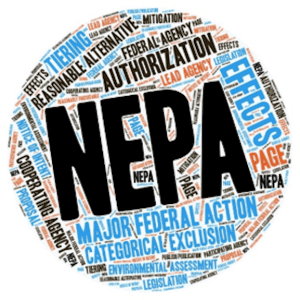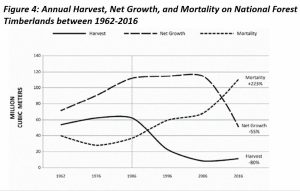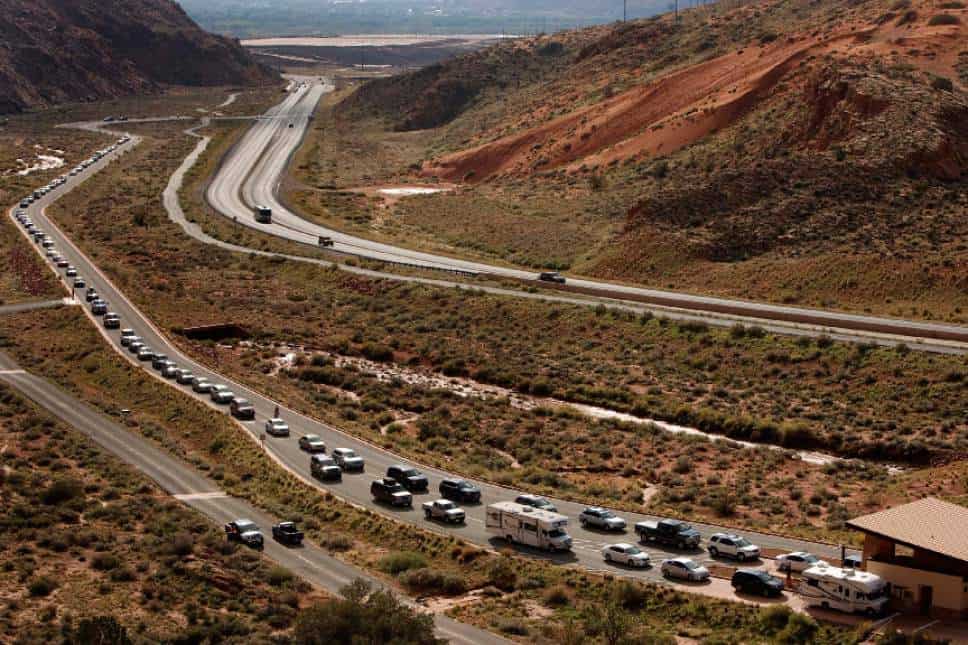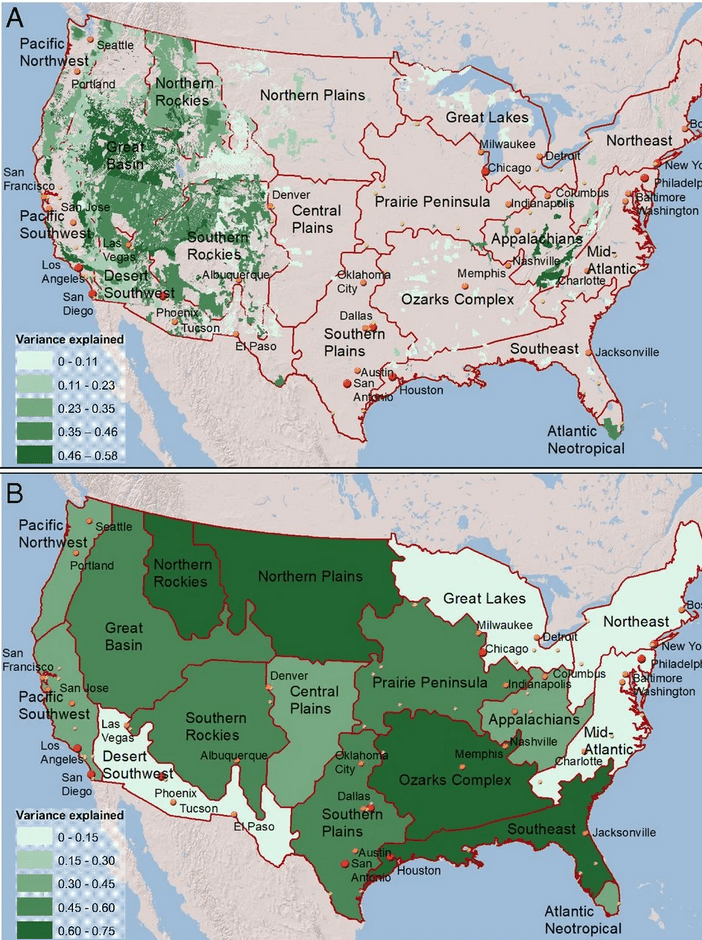
..this is what is wrong with the conservation movement. It has a clear conscience….To the conservation movement, it is only production that causes environmental degradation; the consumption that supports the production is rarely acknowledged to be at fault. The ideal of the run-of-the-mill conservationist is to impose restraints upon production without limiting consumption or burdening the consciences of consumers.
— Wendell Berry
This is a great gig. You can use mega-amounts of fossil fuels in your products (like, say the Outdoor Recreation industry) and pretend you have the moral high ground if you are against production in our country. You can make zillions of bucks of people offshoring manufacturing of your products- and then critique “greedy” producers of the material you use. I still don’t get “domestic oil and gas hate”.. who’s behind it, and what it’s really about. There seems to be a steady stream of “they are bad” articles coming out, especially from sources allied with a certain political party. So yes, there seems to be some kind of organized campaign against these folks. But just the domestic ones (seems equally true in Britain). So a person has to wonder what the end game of this is really about.
I don’t want to be accused of listening to Fox News (the horror!) but I had read somewhere about the idea that Russia had been funding some ENGOs in Europe with the idea of making them more reliant on Russian sources of energy. And Fox News had a story so here it is.
So I said to myself “how could I ever figure out the truth here? Did they or didn’t they?” And then I had a revelation… it doesn’t matter who funds groups if their goals are the same. Keep it in the ground (here) is fundamentally the same as extract it (there). Who wins? other countries of Questionable Human Rights and Environmental Records. Who loses? Our workers and communities. Or is it just that if the environmental and human rights impacts occur elsewhere, we can ignore them more readily? I hope that is not the case.
On thing we learned from Covid is that some things are more essential than others. So let’s take a look at where the fundamentals of our economy (fossil fuels) are currently coming from.
In the every-handy EIA information, we can find a list of countries we import oil from. This Politico story from March talked about outreach to Venezuela, the Saudis and Iran (see the nice ladies in the photo above), due to the desire to stop Russian imports. As the story says,
“The U.S. has long had complicated and tense relationships with all three countries, which in recent years have been accused of everything from election fraud to human rights atrocities.”
Given all that, and the fact that imported oil has arguably a larger environmental impact, why wouldn’t we want to produce as much domestically as possible and import the rest from the most agreeable and socially and environmentally responsible countries? It seems logical to me. We don’t seem to try to offshore other industries due to their impacts on the environment.. in fact, there is a Buy America push by the Biden Administration. So what did the oil and gas workers do to get left out?
For a long time, some groups have been pushing the Biden Admin to stop oil and gas leasing on federal lands. In fact, he felt the need to commit to that during the campaign, despite the fact that many argue that it is illegal. As part of that campaign, this USGS study, often mischaracterized (even by an E&E News headline in Scientific American; I expect better from them) as “Fossil Fuel Extraction on Public Lands Produces One Quarter of U.S. Emissions” played a large role, so much so that it is frequently used in news stories as if it were a fact that everyone understands.
Whereas the study actually studies emissions not just from extraction but from use, see page 3 under introduction.
Emissions are produced through two processes: (1) the combustion of fuel for electricity generation, mechanical work, heating, or use as a feedstock and (2) the fugitive emission of gases during the processes of extracting and moving fuel.
Which we can imagine would have more or less the same effect (or possibly greater?) to the atmosphere from other countries, depending on the various attributes of the resource, extraction technologies and regulations, and transportation to the US. Because if it’s about carbon emissions, the atmosphere there is the same one as here.
One of the first symbolic actions in the new Administration was to stop the Keystone Pipeline from Canada (from whom we import oil and uranium). It’s almost as if part of that symbolism was pledge of fealty to party investors by dissing a partner vital to our own energy security.
And what technologies exist to reduce climate change? Those requiring uranium (also imported) and other rare earths, often found on federal land in the US. For example
Uranium originating in Kazakhstan, Russia, and Uzbekistan accounted for 47% of total uranium purchased by U.S. COOs in 2020. Canadian-origin uranium and Australian-originan uranium together accounted for 34% (Table 3).
Many of these minerals occur on western federal lands, potentially running into obstacles in the efforts to “conserve” them. That means that it’s OK to encourage thousands of tourists to come to a new “protected” area, but not OK to mine, or have drill rigs. Personally, drill rigs don’t bother me when I recreate. Crowds are much worse in my opinion. Unleashed dogs chasing wildlife and all that- seem to bother say, deer or antelope, more than drill rigs (which tend to stay in the same place over time), from what I’ve observed.
It seems to me that there are certain projects like the Keystone Pipeline, Bears Ears, and the idea of stopping oil and gas leasing on federal lands (I think mostly onshore, but who knows?) that from my environmental perspective, have mostly symbolic value. So.. who determined that these specific issues were so important? And what does that portend for domestic production of necessary post-fossil fuel material? Is “protecting our landscapes” more important than national security, and whose interests does that calculation serve? Because I don’t remember being asked.
Next Post: Are (Domestic) Oil and Gas Folks Really That Bad?




